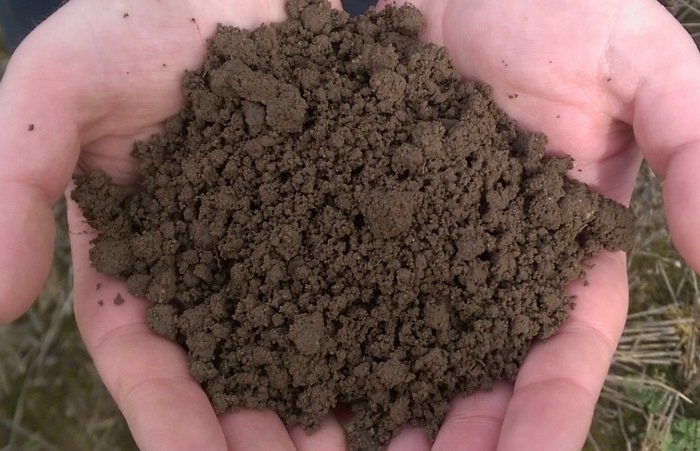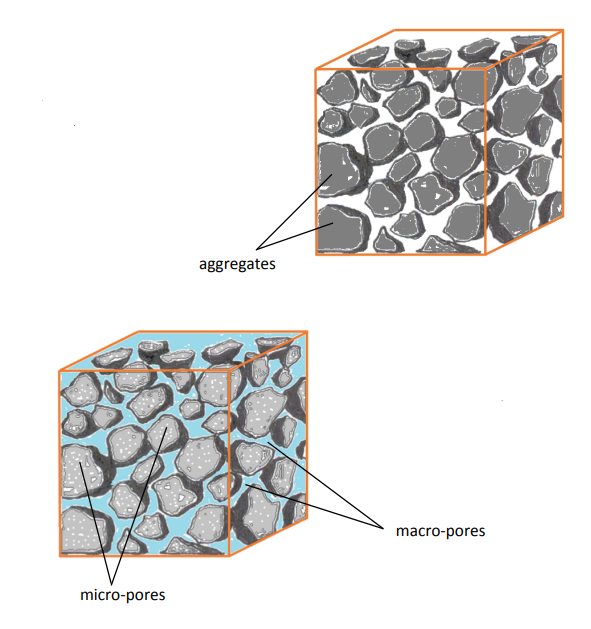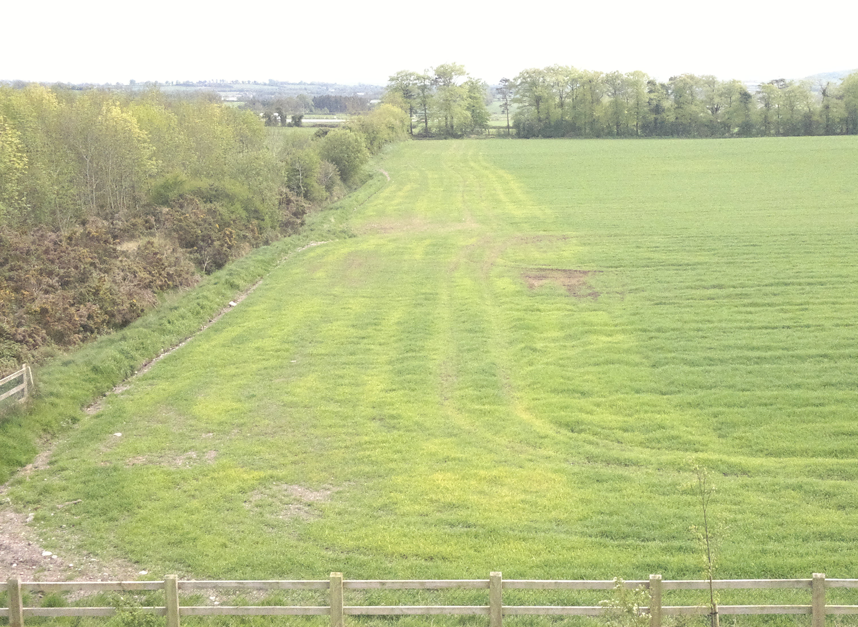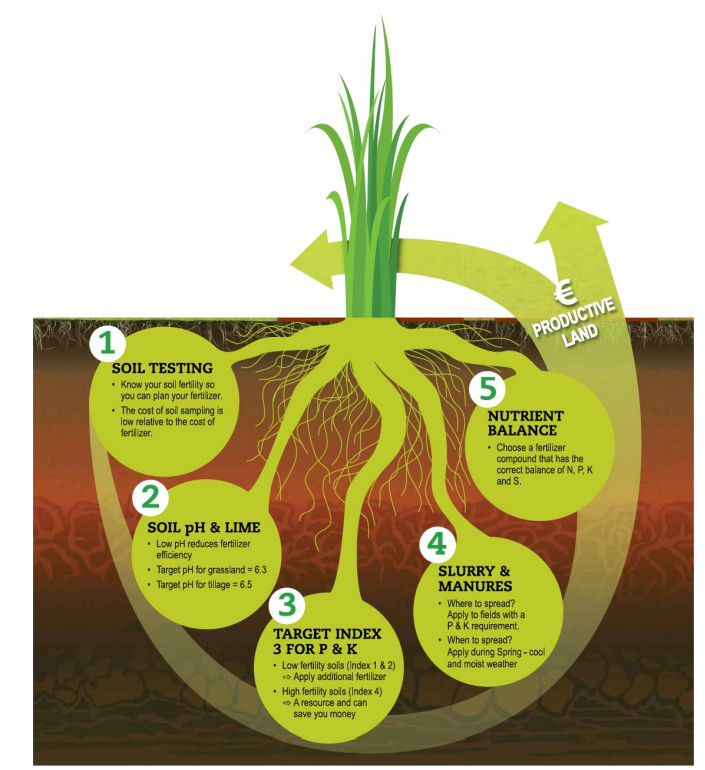
Teagasc Crop Report
Soil Management
Soil Management

To view the full report you must have an existing account with Teagasc ConnectEd.
Farmers sign in hereAlready have a ConnectEd account? Connected Client or Teagasc staff log in here
Soil Structure
Soil Structure refers to the architecture of the soil, the arrangement of the soil mineral particles- sand, silt and clay , into larger structural units called peds or aggregates. Aggregates can be various shapes and sizes but ideally, in a topsoil, they should be small (<5cm), rounded, crumble easily and be highly porous internally. The internal pores within the aggregate (micropores) store water, while the spaces between the aggregates (macropores) store air.

Maintaining good soil structure on tillage soils is critical as the soil has to perform many functions during the growing season such as supplying nutrients for crop uptake, enabling good crop rooting to anchor the crop, storing and resupplying water over the summer months and supressing pathogens and crop diseases.
September is a good month to take out the spade and assess soil structure. It is important to examine the soils physical structure, particularly in areas of the field where one may suspect structural problems (ie. turning areas /low yielding spots, poor water infiltration) before carrying out any potential field operations for remedial action. This will help identify if there is a soil structure issue/soil compaction problem present and at what depth. Only then can you select the appropriate type of remediation.
Please create an account to view hidden content
Preventing Soil Compaction
There has been a significant increase in the size and weight of farm machinery in use on our farms which poses a very serious threat to soil structure. Soil degradation through compaction happens very quickly when soils are exposed to traffic when wet but is very slow to rectify itself. In this case, prevention is definitely better than cure!

Please create an account to view hidden content
Steps to managing soil fertility
Soil fertility management needs to be managed over a long term basis as soil nutrient levels tend to change slowly. Optimising soil pH and the availability and supply of major nutrients such as P and K needs a planned approach over a numbers of years to ensure production levels are optimised in an environmentally and economically sustainable manner.
The following are 5 key steps to good soil fertility management:-
1. Have soil analysis results for the whole farm.
2. Apply lime as recommended to achieve the target pH for the crop.
3. Aim to have soil test P and K in the target Index 3 in all fields.
4. Use organic fertilisers as efficiently as possible.
5. Make sure the fertilisers used are properly balanced.

Post-harvest is the ideal time to take soil samples and check soil fertility levels on tillage systems as it is over 3 months since the application of P or K fertilisers, in either organic or chemical form.
Please create an account to view hidden content
Soil Classification
The relative proportion of the various sized mineral particles within a soils, give rise to their different inherent properties, resulting in different capabilities and vulnerabilities.
For example, a heavy clay soil has a great capacity for nutrient and water retention but are prone to flooding and structural damage. Sandy soils are free draining but have a lower capacity to retain nutrients and are susceptible to nutrient leaching and erosion. It is not uncommon to have multiple soil types on a farm, all of which may need to be managed in a different way. Knowing your soil type and its characteristics is key to ensure you are managing it correctly.
Please create an account to view hidden content